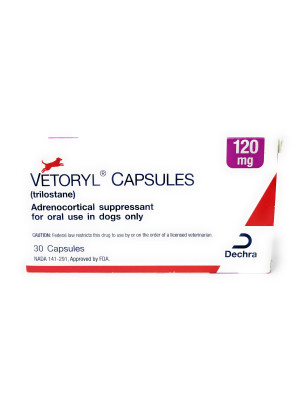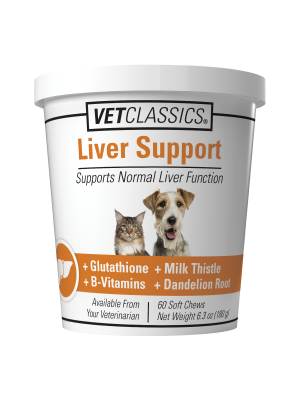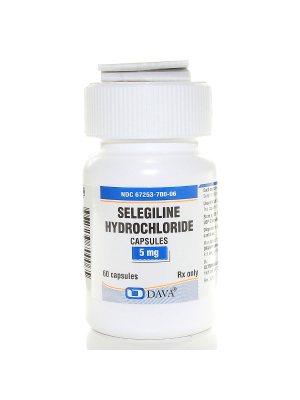Treatment
Usually, a dog with cushings can live an active, normal life with medication to treat the condition, though he’ll need it for the rest of his life. The most common drug prescribed to treat cushings is trilostane (Vetoryl). Mitotane (Lysodren) is an older drug that vets don’t prescribe much anymore. It causes many side effects, but it is more affordable. Your pet will need regular check-ups and blood tests to make sure his treatment is working.
If your pet has iatrogenic Cushing's syndrome, your vet can try to gradually stop giving him steroids. But the original condition they were treating will probably come back.
What more can I do?
The advantage of combining supplements with traditional western medicine is that a pet has an increased chance of living a longer and more comfortable life.
I recommend a supplement called Imuno 2865 for my Cushings patients. Proper immune function is the cornerstone of health and the foundation of normal physiologic functioning in ALL organ systems. Imuno-2865® is a first responder natural supplement that supports health and wellness by reducing inflammation and promoting normalization of the immune system. Many animals with chronic disease states have poorly functioning immune responses underlying their problems. This is especially important in the treatment of Cushings disease since your pet's body is producing an excess of coritsol a natural stress hormone that in large quantities can have negative effects on your pet's immune system.
Other herbs that are known for their beneficial effects on adrenal and pituitary glands or symptoms of Cushings include the following but are not limited to:
Dandelion (Taraxacum officinale) supports normal adrenal functioning. Dandelion also contains vitamins and minerals important for hair growth and prevention of hair loss and is a powerful antioxidant.
Burdock (Arctium lappa) excellent at detoxifying the tissues and removing unwanted substances from the body.
Astragalus (Astragalus membranaceous) Astragalus is known as an adaptogen and helps to restore balance to the adrenal glands. It helps to maintain healthy adrenal cortical function and is important for supporting blood pressure and blood sugar levels already within the normal range.
Licorice (Glycyrrhiza glabra) is used to help with cortisol levels and for its liver protecting and immune balancing effects.
Eleuthero root (Eleutherococcus) is used to support energy, circulation and natural vitality. It is a supportive tonic for healthy adrenal hormones and has been shown to have anti-stress, anti-inflammatory and liver protecting properties.












